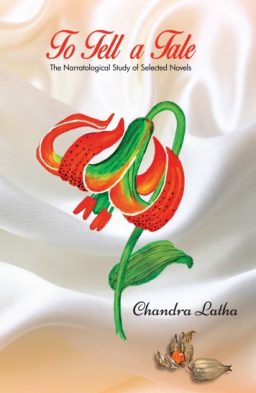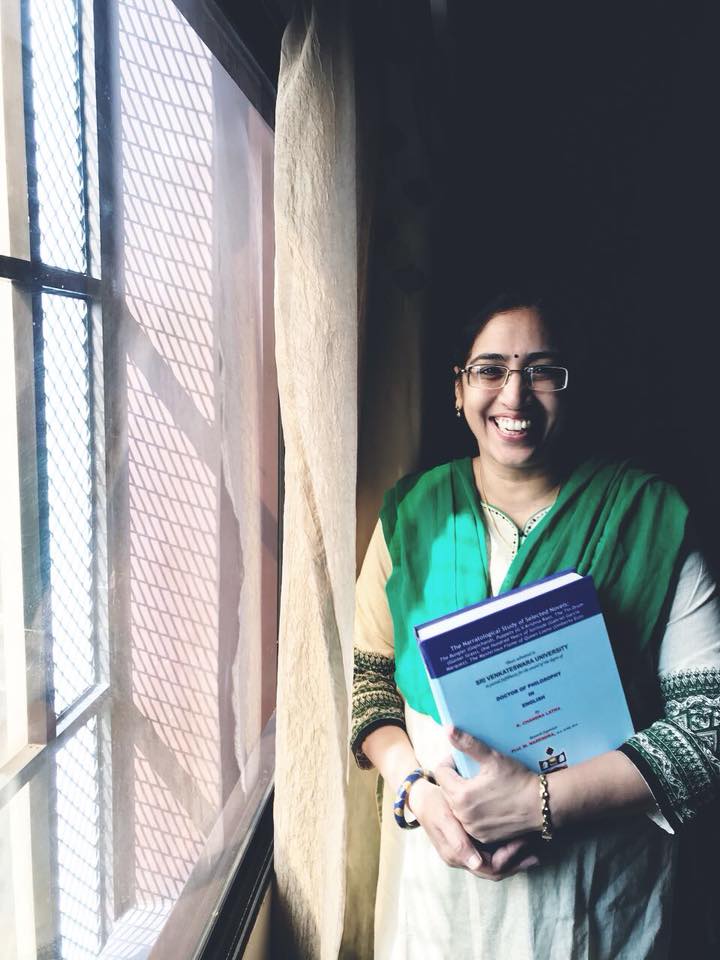
To tell a tale-29
(Chapter-7 Last Part)
-Chandra Latha
M.M.Bhakthin explains that “the novel is determined by–experience, knowledge and practice (the future).” This is the equation of the past, present and the future of the novels and the selected novels succeeded aesthetically and attained a kind of universality within the narrated world. Bottom line of all these creative attempts of the novelists is the curiosity of life and the appreciation of life.
All these novelists, who were born and survived the world wars, have a common feature of dealing with the post-war aftermath in their respective countries. All of them have the vision of re-building their respective nations. And, their novels played a historical role in their respective cultures and inspired later generations. As these narrative experiences are phenomenal, these novels become universal experiences, beyond their ethnicity, cultures, nations and boundaries.
All these novelists had serious motif of analyzing, synchronizing and motivating their own societies. Their strong appeal to their own cultures with deepest vision of greater common good, sincere effort for change makes their narratives refreshingly fresh and new. These novels attained the universality for being representatives of respective cultures. Though they thought locally, their literary merits inspired globally. The two Telugu novels and the Spanish novel are reflections of Post- colonial challenges that their nations faced. And, the German and Italian novels are rebuilding Post-World war nations.
All these novelists absorbed different narrative techniques existing in their respective cultures, knit up with their contemporary arts, assimilated different thoughts, and explored various schools of expressions. However, all the novels have one important common point. These are the narratives of the societies, wounded and healing. The selected novels and novelists have left deeper impact on the generations that followed them. Thus they are the path-breakers in thought and the novelists have mastered the craftsmanship and the art of narration.
The inclusiveness of novelist’s contemporary technological developments and the ultimate human achievement that belong to everyone’s knowledge and familiarity are naturally absorbed by these five novels. This inclusion is sometimes unconscious like that of the film frames, film technologies like flash back, flash forwards in The Bungler. Some are conscious efforts like the radio included in the novel of Eco. Inclusion of photographs by Gopichand is an unconscious effort, but the same inclusion is a conscious effort in the case of Grass who did it to authenticate the unreliable narrative.
Almost all the novels have implemented intertextuality with the narrative of dream, photographs, diaries and letters. Few metaphors and related concepts appear in these novels like the never ending moving stairs in The Bungler and the Mysterious Flame of Queen Loana and like the trap door in Tin Drum and the Mysterious Flame of Queen Loana. This kind of inconclusive present provides space for heteroglossia or the multiple voices present in the narrative.
What was psychoanalysis for The Bungler and Puppets, the neuro-science is for The mysterious Flame of Queen Loana. The influence of psychoanalysis appears less elective as it is more of a natural phenomenon. The novelists of the period employed in the great influence of Freud’s “Interpretation of dreams” and psychoanalysis on the thought process of that period. In The Mysterious Flame of Queen Loana, Umberto Eco created an inception of dream within the dream, the concept of neuro-science which was elaborately captured, later, in the film “Inception” (2010, Film by Christopher Nolan )
Eco employed amnesia and physiological state influencing the psychological effects. Here, the narrative is analyzed to study the cognitive sense of the narrator’s mind. Amnesia takes over entire Macando in One Hundred years of solitude, where the entire village forgets the past.
All the novels are attempts to act likes fog lights for the loss of memories that shaped their particular cultures. These novels remind the moments that are lost in the folds of history. Our present is rooted in our past and this understanding helps to lead the future.
Most of the narrators have matter of fact narrative tone except that of the unreliable narrator of The Tin Drum. And, One Hundred Years of Solitude follows a tricky narrator, where everybody in the novel tells the story distancing from the narration as in the style of oral traditions.
Geographical diversity is directly related to the cultural diversity. The cultural experience of the author, reader and the text are diverse. This diversity is rooted in the socio-economic structures, political experiences, and philosophical under-standing. The complex and otherwise, stranger to each other narrative comes in term with the unity because of the underlying human element that acts as the binding force and achieves commonness. And, the genre novel acts like the guiding fiction.
Umberto Eco observes rightly-
This is what great narratives tell us- against all our desire to change destiny, they make tangible impossibility of changing it. And in so doing, no matter what story they are telling, they are telling our own story, and that’s why we read them and love them. (Umberto Eco. On Literature. Published by Vintage. 2006. Pg. 14 &15)
The European novel in general, English novel in particular attained certain universality in it’s narrative approach with easy accessibility to the reader beyond the geographical boundaries and the political restrictions. The novel survives the cultural uniqueness and assimilates all the possible worlds that the human imagination can create. The narrative in the novel is as diverse and unique as itself. The Narrative in the novel or the narrative fiction attains certain commonness with all its uniqueness. This kind of unity in the diversity and the diversity with all its uniqueness are subject to analysis by the linguists and literary critics from time to time.
The cognitive scientist Daniel C. Dennett has suggested that human beings tell stories as compulsively as beavers build dams or birds’ nests. Rukmini Bhaya Nair explains this concept further that “Our basic identities are conferred on us by the myriad tales we hear and narrate throughout our lifetimes. The “self” in this sense is a center of “narrative gravity” created by each individual at those cognitive and cultural intersection(s) where story telling lines of force meet.” (Daniel C. Dennett, Rukmini Bhaya Nair. Narrative Gravity: Conversation, Cognition, Culture (English). Oxford University Press. 2002. Pg. )
Humans narrate hence, do exist. All the selected novelists have achieved that mastery over the narrative craftsmanship. Due to their natural talent and their creative ability, intellectual knowledge, scholastic learning, and cognitive sensibility, they crafted unique novelistic narratives of the intrinsic narrative worlds.
*****
(The End)

Chandra Latha, writer from Nellore won Telugu Association of North America award in 1997 for the novel “Regadi vittulu”. Her other novels are Vardhani(1995) and Vallu veellu paarijaataalu (2011). Her short fiction includes nearly 80 stories compiled in nenu nanna navutha (1996),Idam shareeram (2003) and vivarnam(2007). Her non-fiction are (Fish can fly!) ”vacche daretu(2010), itanala kadaku eeboothi boTlu(2010). And also published her blogposts in a book madata pejee(2010).
